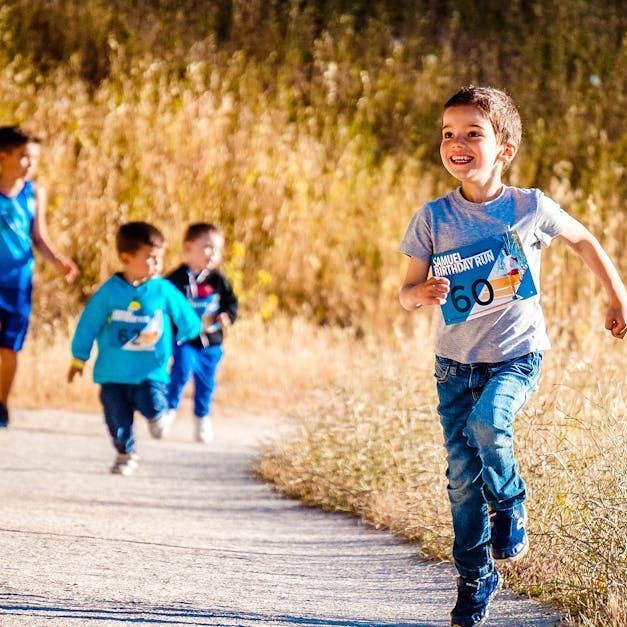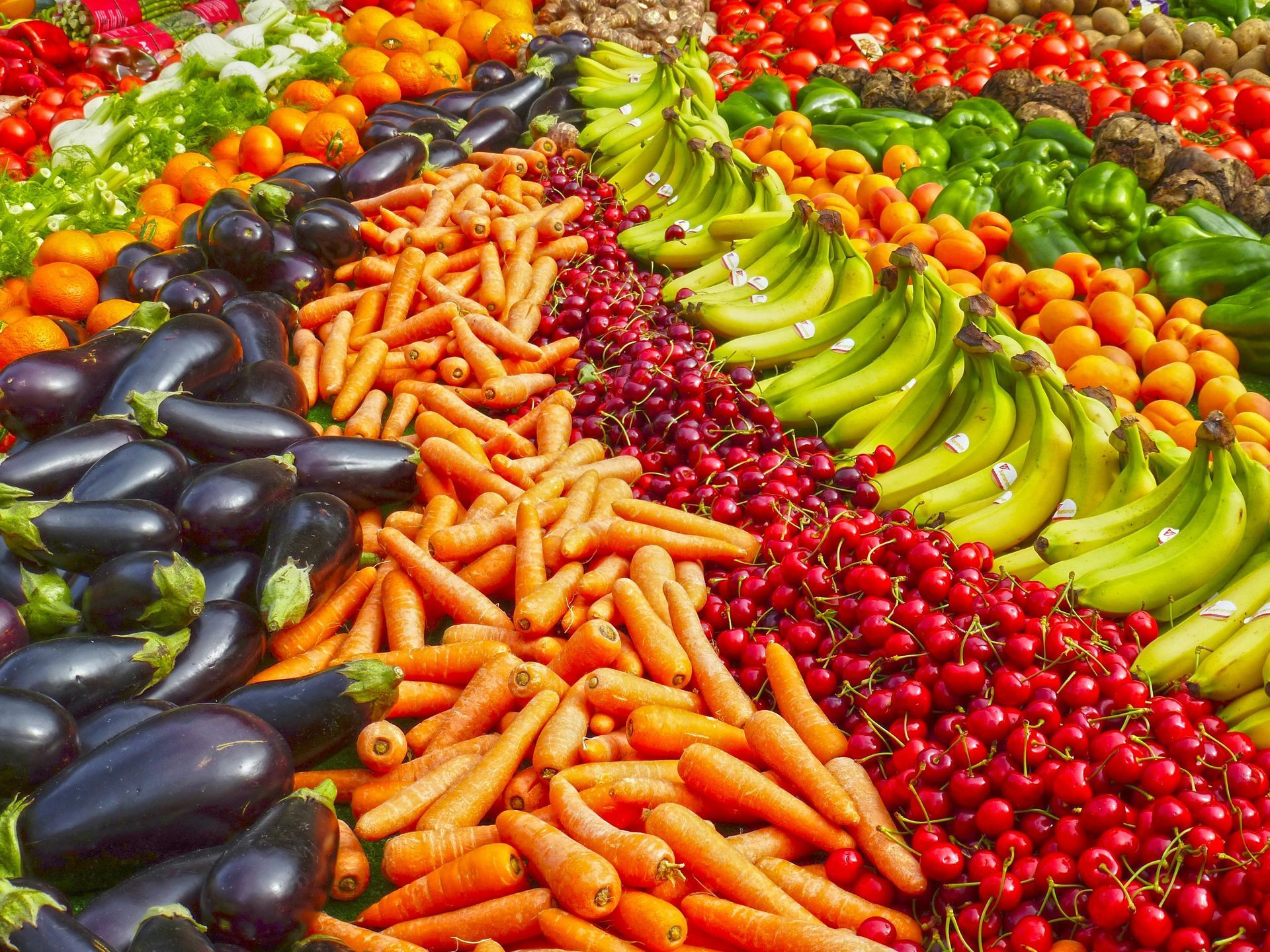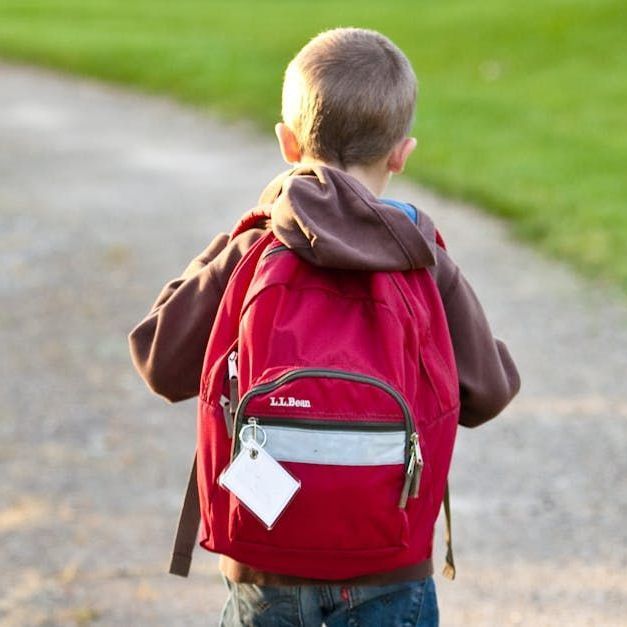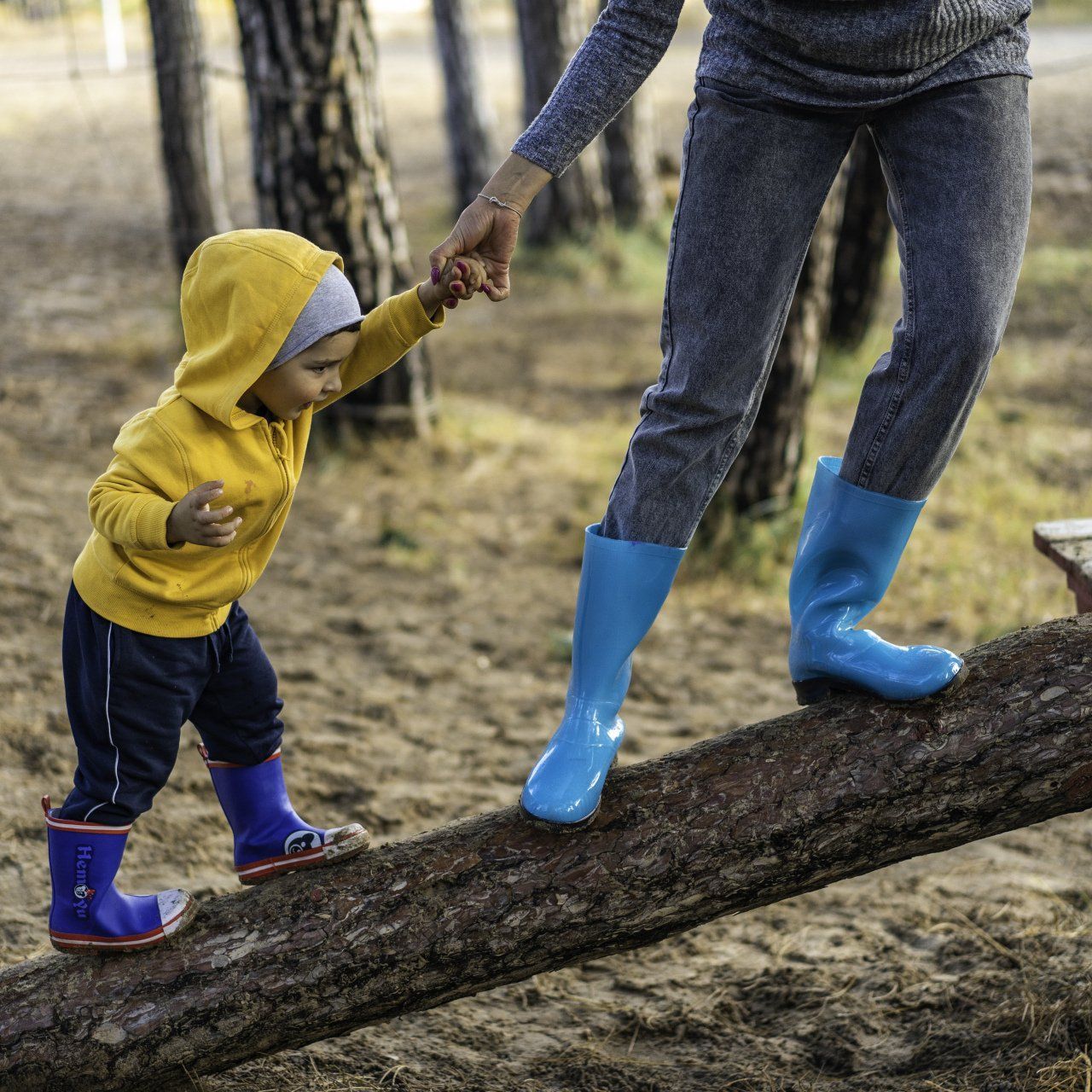My First Garden: Gardening Projects for Kids
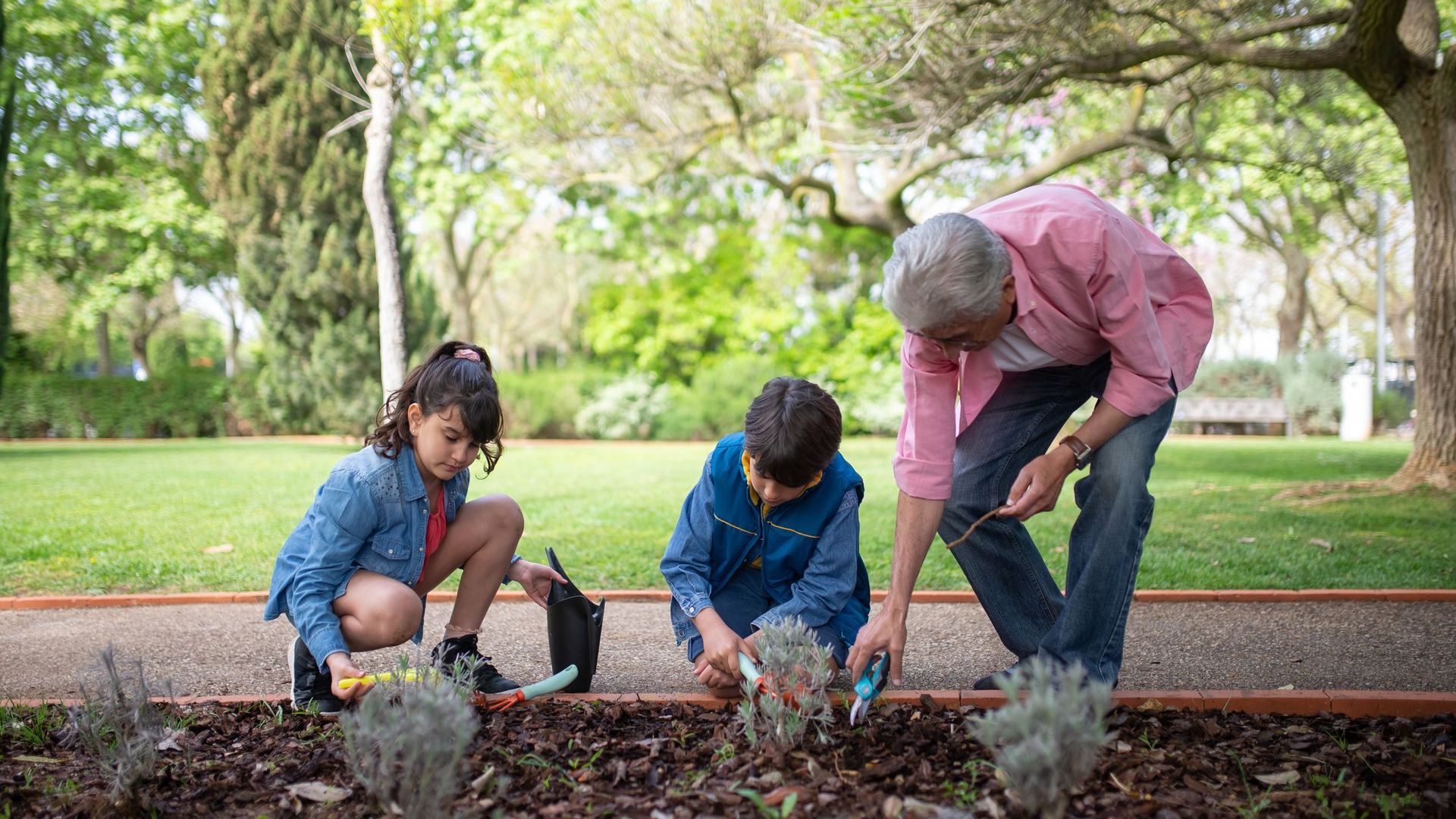
Gardening is more than just a hobby; it's a gateway to learning, an avenue for nurturing responsibility, and a means to connect with nature. For children, the act of planting and tending to a garden can be both educational and immensely rewarding. Whether you have a sprawling backyard or a small balcony space, there are countless ways to introduce your child to the joys of gardening. Let's explore some simple yet delightful gardening projects that can engage young minds and teach them valuable lessons about the natural world and responsibility.
1. Starting with Seeds: A Window Sill Herb Garden
One of the simplest ways to begin is with a window sill herb garden. Herbs like basil, parsley, and mint are easy to grow and maintain. You’ll need:
- Small pots or containers
- Potting soil
- Herb seeds or starter plants
- Watering can or spray bottle
Teaching Moment: This project helps children understand the plant life cycle from seed to sprout to a fully grown plant. They'll learn patience as they wait for the seeds to germinate and the importance of regular care, like watering and ensuring the plants get enough sunlight.
2. The Magic of Growing Beans
Watching a bean sprout and grow is almost like a magic trick for children. It's a fast process, providing quick results that are exciting for young gardeners. You’ll need:
- Clear plastic cups or jars
- Paper towels
- Bean seeds
How to Do It: Wet the paper towels and place them inside the cups or jars. Insert the bean seeds between the cup and the wet towels. Place in a sunny spot and keep the towels moist.
Teaching Moment: The clear container allows children to see the roots developing and the stem emerging from the seed. This project is excellent for teaching kids about germination and the basic needs of plants.
3. A Pizza Garden: Growing Your Toppings
Create a themed garden by growing ingredients commonly used on pizzas. This is a fun way to get children excited about both gardening and cooking. You’ll need:
- A small garden plot or large containers
- Soil and compost
- Seeds or starter plants like tomatoes, peppers, onions, and herbs
Teaching Moment: A pizza garden teaches planning and the process of growing food. When the vegetables and herbs are ready, you can use them to make homemade pizzas together, showing the farm-to-table process.
4. Butterfly and Bee Friendly Garden
Attracting butterflies and bees to your garden is not only beautiful to watch but also an excellent way to teach kids about pollination and the role of insects in our ecosystem. Choose plants that are known to attract these pollinators, such as lavender, sunflowers, and daisies.
Teaching Moment: This project can be a fantastic introduction to lessons on biodiversity, the importance of bees in our ecosystem, and the role flowers play in attracting pollinators.
5. Grow a Salad Bowl
A salad bowl garden involves growing a variety of leafy greens and salad vegetables in one container. It’s simple and something that kids can enjoy harvesting and eating. Plants like lettuce, spinach, and cherry tomatoes are ideal for this.
Teaching Moment: It teaches children about healthy eating and gives them a sense of accomplishment when they can eat what they’ve grown.
6. Sunflower Fortress
Sunflowers grow tall and fast, making them a favorite among young gardeners. By planting sunflowers in a circle or a specific pattern, you can create a ‘fortress’ or a secret garden space for kids.
Teaching Moment: This project is excellent for teaching children about plant growth and the importance of sunlight for plants. It also gives them a personal space in the garden to call their own.
7. Fairy or Dinosaur Garden
Create a miniature garden themed around fairies or dinosaurs. Use small plants, pebbles, and figurines to create a magical or prehistoric landscape.
Teaching Moment: This project sparks creativity and imagination. It can also be a fun way to introduce children to different types of plants and the concept of creating landscapes.
8. Recycled Container Gardening
Use old containers, like yogurt pots or egg cartons, to plant seeds. This not only teaches gardening skills but also the importance of recycling and reusing.
Teaching Moment: Children learn about sustainability and the environment. Discuss why recycling is essential and how we can repurpose items creatively.
9. Sensory Garden
A sensory garden uses plants and materials that engage the five senses. This could include fragrant flowers, textured leaves, tasty herbs, brightly colored plants, and rustling grasses.
Teaching Moment: This project is excellent for sensory development and can be particularly beneficial for children with special educational needs.
10. Keeping a Garden Journal
Encourage your child to keep a garden journal. They can draw pictures of the plants, write down when they water them, and note any changes or new growth.
Teaching Moment: This activity enhances observation skills and teaches children about documenting and tracking progress over time.
Gardening projects offer endless opportunities for learning, growth, and fun. They teach responsibility, patience, and the joy of nurturing life. Through these projects, children can develop a deeper connection with nature and an understanding of where food comes from, all while cultivating life skills that extend far beyond the garden. So, grab some seeds, a bit of soil, and start gardening with your kids today – the rewards, both for you and your little ones, will be plentiful.

